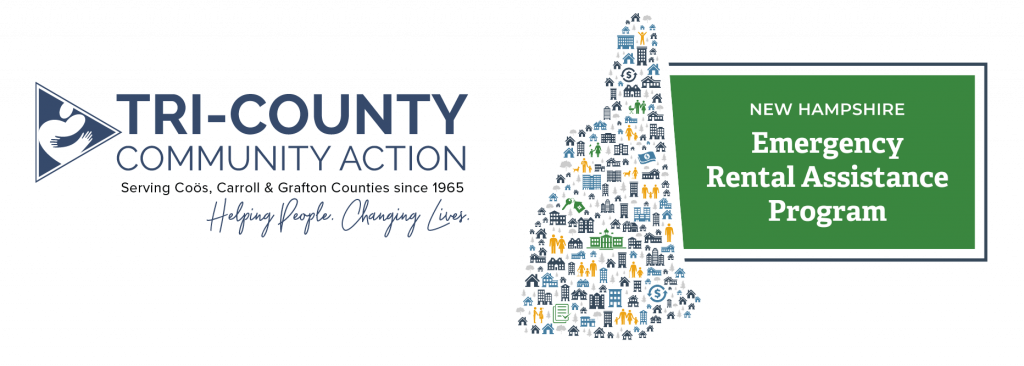The Community Action network of private/non-profit or public organizations was created by the federal government in 1964 to combat poverty in geographically designated areas. Each Community Action Agency promotes works to reduce the effects of poverty by involving the community, including elected public officials, private sector representatives and especially low-income residents in assessing local needs and attacking the causes and conditions of poverty.
Community Action Agencies leverage available local, state, private and federal resources to assist low-income individuals and families in acquiring the necessary support, skills and knowledge to gain access to new opportunities and achieve economic self-sufficiency.
Each Community Action Agency has a governing board consisting of at least one-third democratically selected representatives of low-income people and exactly one-third local public officials or their designees, with the remainder being representatives of business, industry, labor, religious, social welfare and other private groups in the community.
A Community Action Agency involves the low-income population it serves in the planning, administration and evaluation of its programs and carries out its mission through a variety of means including:
- community-wide assessments of needs and strengths
- comprehensive anti-poverty plans and strategies
- provision of a broad range of direct services reflective of local needs and strengths
- mobilization of financial and non-financial resources
- advocacy on behalf of low-income people
- partnerships with other community-based organizations to eliminate poverty
Most poverty-related organizations focus on a specific area of need, such as job training, health care, housing or economic development. Community Action Agencies address the multiple needs of low-income individuals and families through a comprehensive approach, developing partnerships with other community organizations and administering a full range of coordinated, in-house programs localized to fit the local community and designed to have a measurable impact on poverty.



